Scott Engel is beginning his 10th season as the official Fantasy writer and analyst for Seahawks.com. Scott is a 25-year veteran of the Fantasy industry and an inaugural member of the Fantasy Sports Writers Association's Hall of Fame. He is a four-time FSWA award winner and 10-time nominee, including being named a finalist for the 2020 Fantasy Football Writer of the Year award. You can also find more of his Fantasy analysis on RotoBaller.com, SportsLine.com, the Athletic and SiriusXM Fantasy Sports Radio. Scott won two Fantasy Football dynasty league titles in 2020, including one in the prestigious Fantasy Football Players Championship (FFPC) and he previously pulled off a three-peat in a highly competitive New York City league.
To get you fully prepared for the all-important first step on the path to a 2021 Fantasy Football championship, we supply the ultimate "map" to executing an ideal draft. The draft is a roller coaster ride, with exciting and challenging twists and turns, and we help you strap in and get ready for it with in-depth tips and advice on how to proceed and react at all points of the player selection process. Take in and absorb these recommended approaches and you will be able to construct the core of a very strong roster that is built for contention. We cover the nuances of the entire Fantasy Football draft process, from the first pick until the last round.
The First Round
Many Fantasy players devote a heavy amount of their pre-draft focus to determining their first round targets, and while this is the cornerstone pick to make, don't overthink it. Do not try to guess what will happen ahead of you, simply be ready to take the best available player when it is your turn, and that will likely be a running back. Wherever you pick, you should simply have the corresponding amount of players queued up for potential selection. If you pick eighth, you should have your Top 8 players queued up and then just pick the top player available from the remaining players in the queue when it is your turn to pick.
According to NFL.com Average Draft Positions, the first seven players and nine of the first 12 off the board are running backs. So you should be ready to get in on the run, with the one potential exception being Travis Kelce. As I indicated in this Fantasy Football experiment on RotoBaller.com., it is very possible to build a strong core around Kelce as your first pick. Kelce scored 312.8 Fantasy PPR points last season, which would have ranked fourth at wide receiver. The third-highest scoring tight ends last year tied for 176.6 points. Kelce averaged 20.9 Fantasy Points Per Game last season, almost five more than the third highest average and over eight points ahead of fourth.
Kelce is so dominant at such a thin position, it makes a lot of sense to pivot away from running backs to him in the middle to late portion of the first round as the only player you would make such a move on. You should then take the top-rated RB in the second round. If you are at the back end of the first round, you can take a prime WR with your first pick and then quickly go for one of the best RBs available early in the second round. Once the Top 10 or so RBs are taken, you can opt to nab one of the very elite wideouts, such as Tyreek Hill or Davante Adams.
Building Out Your Early Core
After the first pick, Fantasy players often want to know in what specific order they should address their starting slots, mainly at running back and wide receiver. There is no set plan in which to select your players after the first round. Every draft is different and you have to go with the flow, let the draft come to you. There should be a loose, but not rigid approach to base your early to mid-round targets on.
If you take a running back in the first two rounds, you can build a nice starting duo by picking another in the second round, and you can afford to do so knowing that wide receiver is a deep position. Yet it is hard to pass on top-level wideouts such as DK Metcalf when they are available in the second round. You can still get good RBs in the third and fourth rounds. Players such as JK Dobbins and David Montgomery are frequently available after the second round of drafts. Refer to overall rankings to make the call on RB vs. WR in the second round. I have included my latest overall Top 25 for your usage at the end of this article.
Mock drafting on NFL.com can prepare you to play around with different early round approaches. Ultimately, though, it will be about adjusting to the draft on the run, and making decisions on the fly. If the Top 20 running backs are filtering towards the middle or end of the third round, and you want to grab a certain WR, there is a very good chance you could land Chris Carson in the fourth round.
The best recommendation we can make is to stick to a loose plan to grab two running backs and two wide receivers in the first four rounds. If you do pivot to an elite QB or TE, you will have to bump that approach back one round and make sure you have two RBs and WRs in the first five rounds.
The Middle Rounds
As we have indicated in our Fantasy QB primer, it is advisable to resist the temptation to take a top superstar QB in the early rounds while focusing on the skill positions. If your league requires three starting WRs and a flex player, you should mainly focus on getting two starting RBs, three WRs and either a projected flex starter or one of the better tight ends in the first six rounds. If you did take a TE or QB in the first six rounds, then the core of your starting lineup should be filled out by Round 7. You should take your top projected flex starter no later than the seventh round.
Of course, there will be exceptions to such a plan. Sometimes you may not be able to resist a good value falling to you. If Carson is still available in the fifth round and you already have two running backs, it may be hard to pass on him, and you will have to adjust your approach at WR and focus exclusively on the position in the sixth round or possibly the seventh.
If you do go with the patient approach at QB, there will be many quality starters available from the seventh to ninth round, and sometimes in the 10th, as outlined in the QB primer. If you did miss out on a TE in the range of 7-8 at the position, you can double up on upside plays such as Adam Trautman and Gerald Everett.
The Later Rounds
Once you have filled out the bulk of your projected starting lineup, then the draft becomes a fun exercise of picking off your favorite value plays while also building depth. If you have your starting QB in place by Round 9, you can spend most of the remainder of your time grabbing nifty picks at RB, WR and TE until the final two rounds. You can also land projected and direct NFL backups to your top running backs.
Do not focus heavily on bye weeks or playoff schedules. Your team may change a lot between draft day and those marked points on the calendar later in the season. You may not need to draft a backup QB in some leagues if many of your league mates do not. Your defense should be your next to last pick, and if you don't get an elite unit that you can start every week, keep in mind those are rare. You will likely stream defenses every week, so pick one based on good Week 1 matchups. The Seahawks have a good opening matchup for defensive Fantasy purposes in the season opener vs. Indianapolis. Do not gloss over your final pick of a kicker. The better ones can boost your team to a victory in any given week.
Tight End Rankings
We have covered drafting approaches to the TE position in detail, so here are our Top 20 for 2021 Fantasy Football drafts.
- Travis Kelce
- Darren Waller
- George Kittle
- Mark Andrews
- Kyle Pitts
- T.J. Hockenson
- Dallas Goedert
- Robert Tonyan
- T.J. Hockenson
- Adam Trautman
- Noah Fant
- Irv Smith Jr.
- Rob Gronkowski
- Tyler Higbee
- Jared Cook
- Mike Gesicki
- Hunter Henry
- Gerald Everett
- Anthony Firkser
- Jonnu Smith
Seahawks Fantasy Insider Scott Engel ranks the best fantasy tight ends to target for the 2021 season.
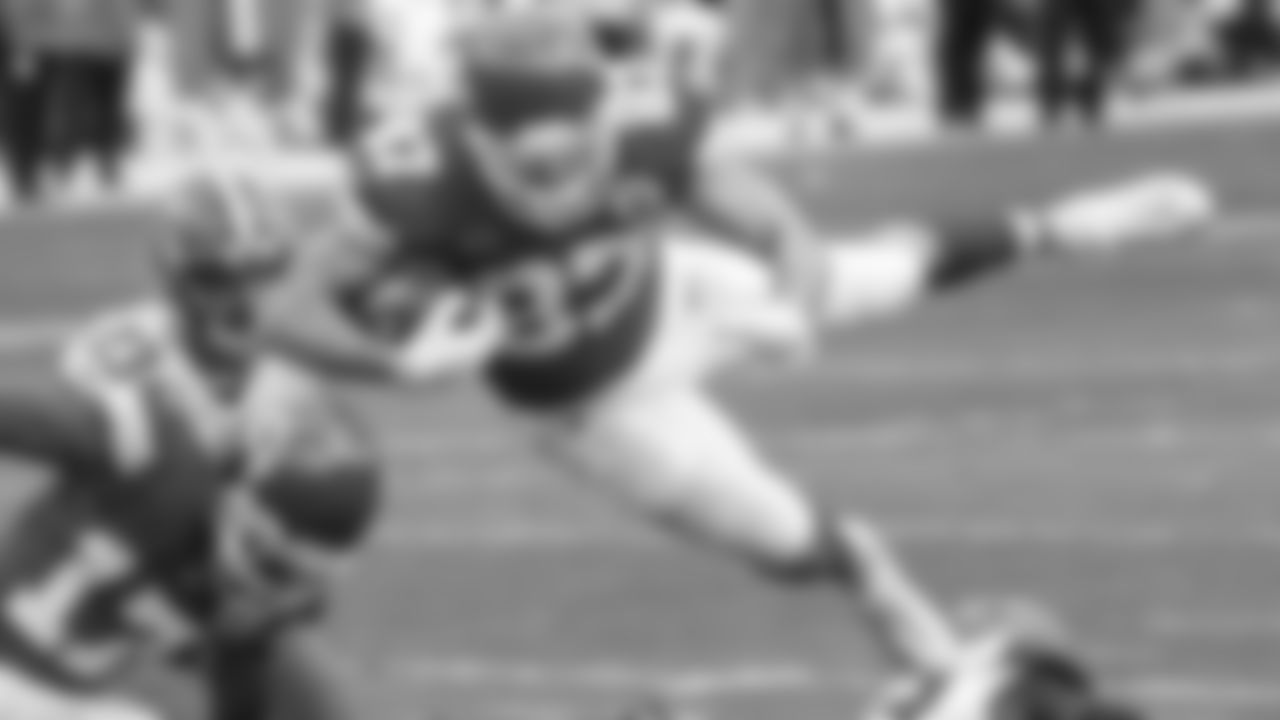
2021 Fantasy Football TE #1: Kansas City Chiefs Tight End Travis Kelce (AP Photo/Reed Hoffmann)
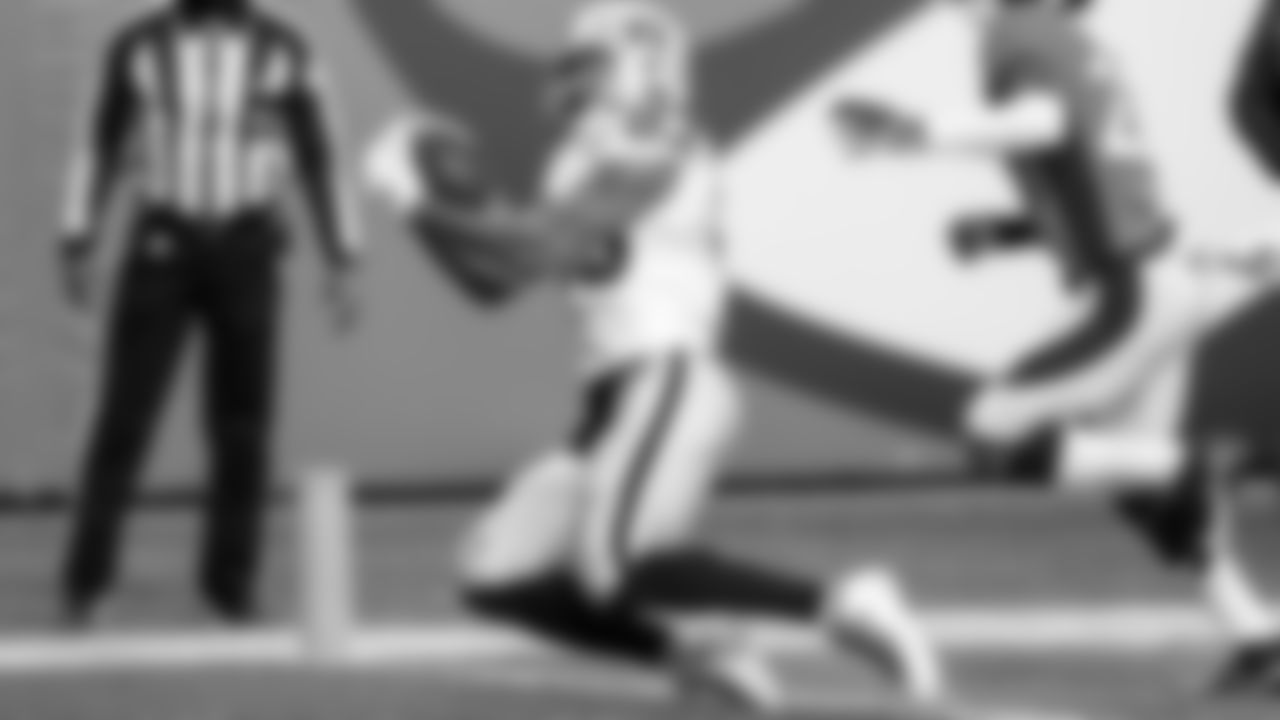
2021 Fantasy Football TE #2: Las Vegas Raiders Tight End Darren Waller (AP Photo/Jack Dempsey)

2021 Fantasy Football TE #3: San Francisco 49ers Tight End George Kittle (AP Photo/Brett Duke)
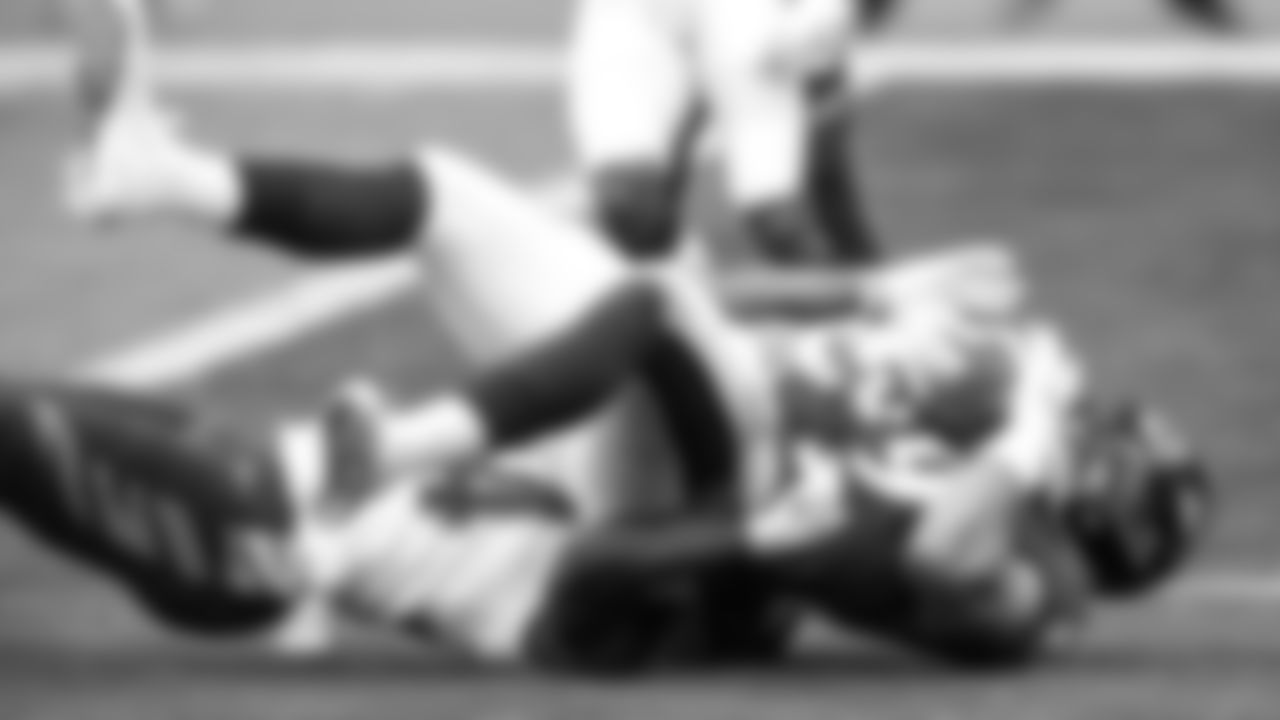
2021 Fantasy Football TE #4: Baltimore Ravens Tight End Mark Andrews (AP Photo/Nick Wass)

2021 Fantasy Football TE #5: Atlanta Falcons Tight End Kyle Pitts (AP Photo/Brynn Anderson)
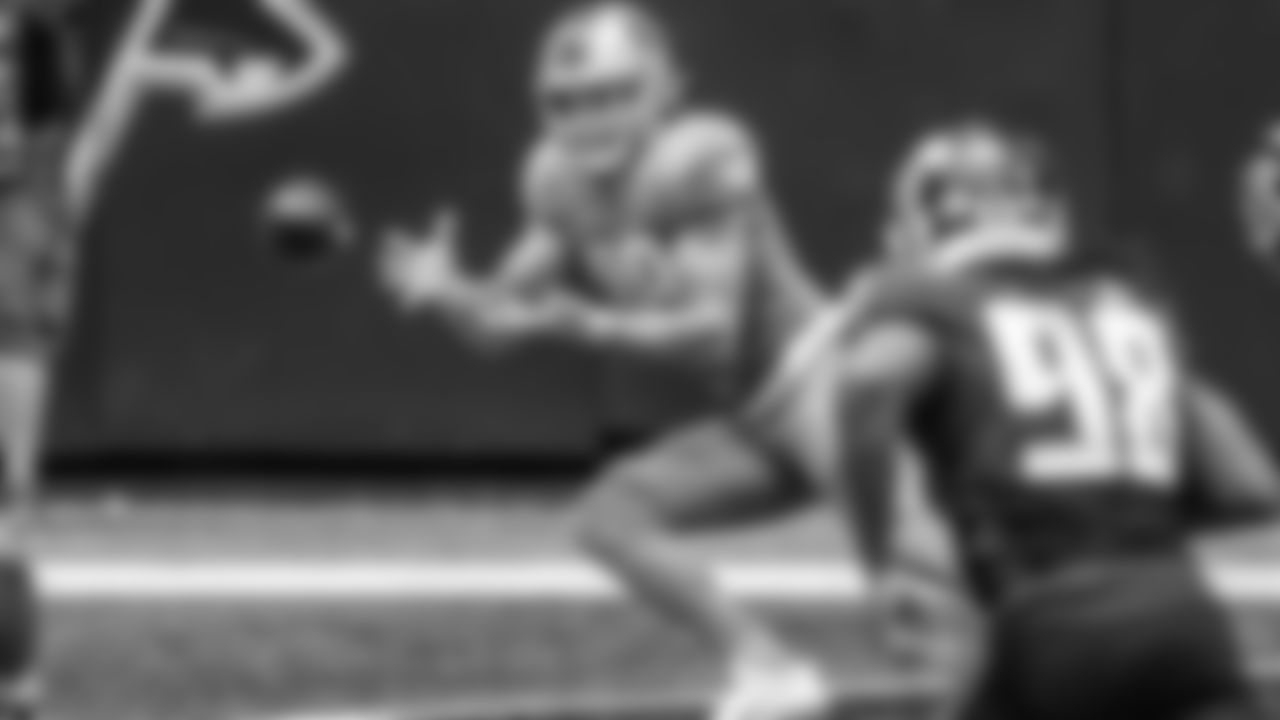
2021 Fantasy Football TE #6: Detroit Lions Tight End T.J. Hockenson (AP Photo/Danny Karnik)

2021 Fantasy Football TE #7: Philadelphia Eagles Tight End Dallas Goedert (AP Photo/Derik Hamilton)
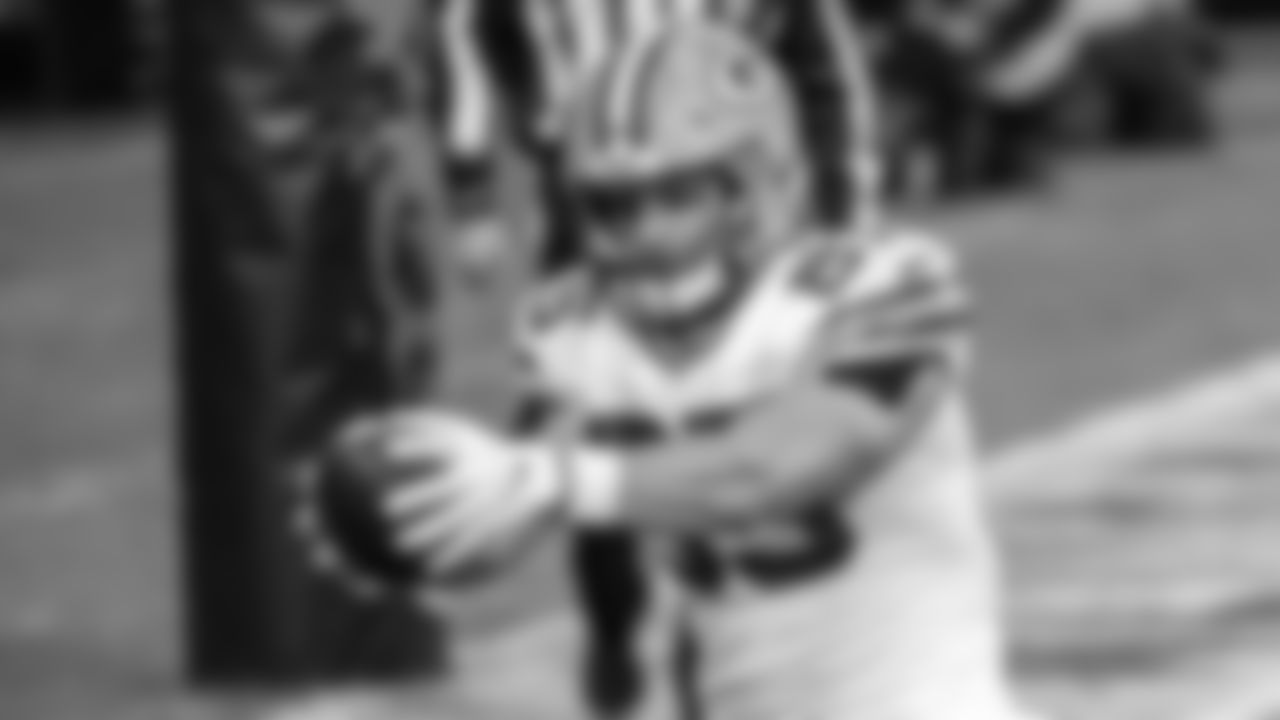
2021 Fantasy Football TE #8: Green Bay Packers Tight End Robert Tonyan (AP Photo/Nam Y. Huh, File)

2021 Fantasy Football TE #9: Washington Football Team Tight End Logan Thomas (AP Photo/Chris Szagola)

2021 Fantasy Football TE #10: New Orleans Saints Tight End Adam Trautman (AP Photo/Mark LoMoglio)
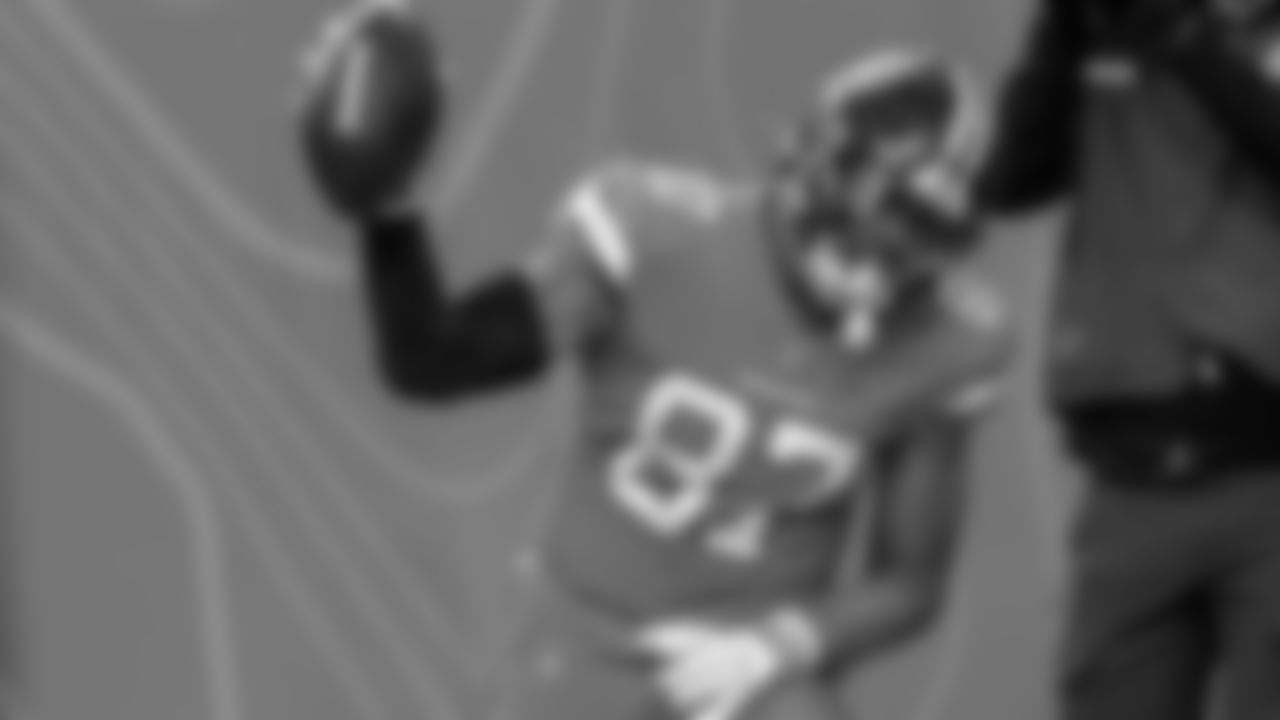
2021 Fantasy Football TE #11: Denver Broncos Tight End Noah Fant (AP Photo/Jack Dempsey)
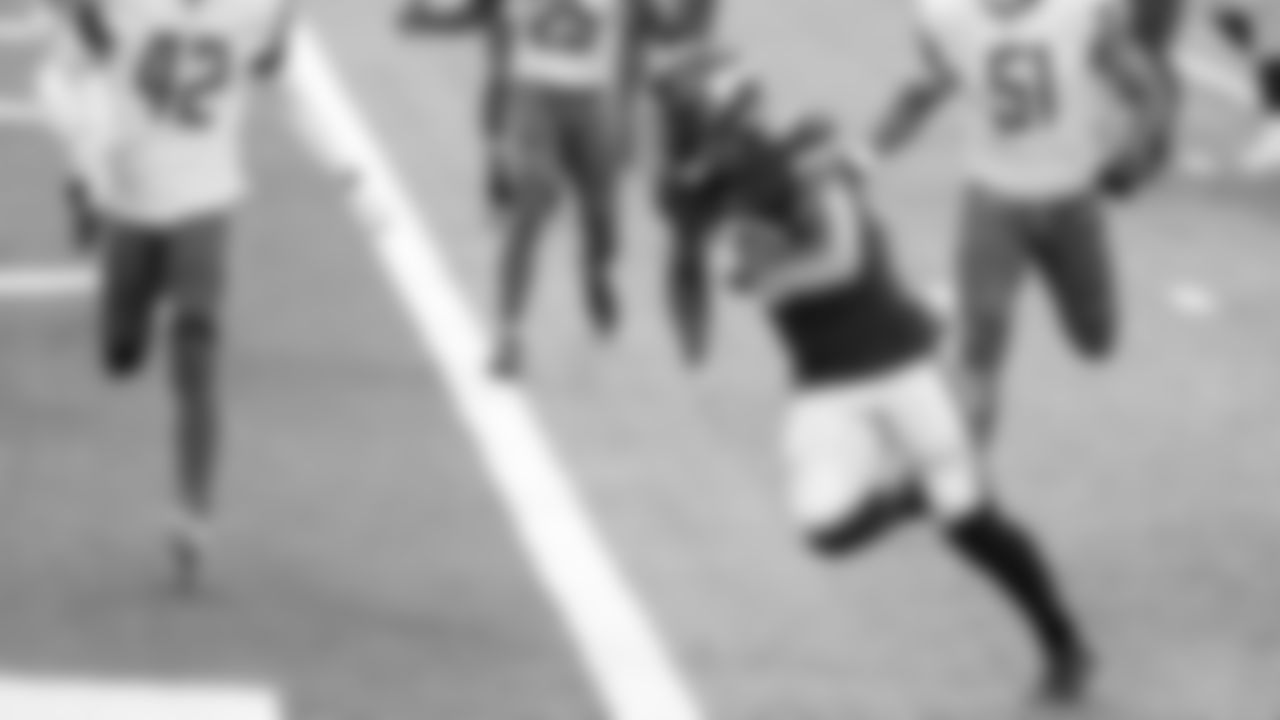
2021 Fantasy Football TE #12: Minnesota Vikings Tight End Irv Smith Jr. (AP Photo/Bruce Kluckhohn)
Top 25 Overall
For usage in making tight calls in the first and second round
- Christian McCaffery
- Dalvin Cook
- Derrick Henry
- Alvin Kamara
- Ezekiel Elliott
- Nick Chubb
- Austin Ekeler
- Travis Kelce
- Aaron Jones
- Jonathan Taylor
- Tyreek Hill
- Davante Adams
- Saquon Barkley
- Antonio Gibson
- Joe Mixon
- Stefon Diggs
- DeAndre Hopkins
- Calvin Ridley
- DK Metcalf
- Justin Jefferson
- Allen Robinson
- A.J. Brown
- Terry McLaurin
- Darren Waller
- J.K. Dobbins
Check out more of Scott Engel's 2021 Fantasy Football analysis and rankings at RotoBaller.com. Enter promo code "seahawks" at checkout for an additional discount on the RotoBaller Fantasy Football season pass. Also try out the new Mock Draft Assistant, where you can practice quick drafting against computer.
Seahawks Fantasy Insider Scott Engel ranks the best fantasy players to target in the early part of the draft as you prepare for the 2021 season.
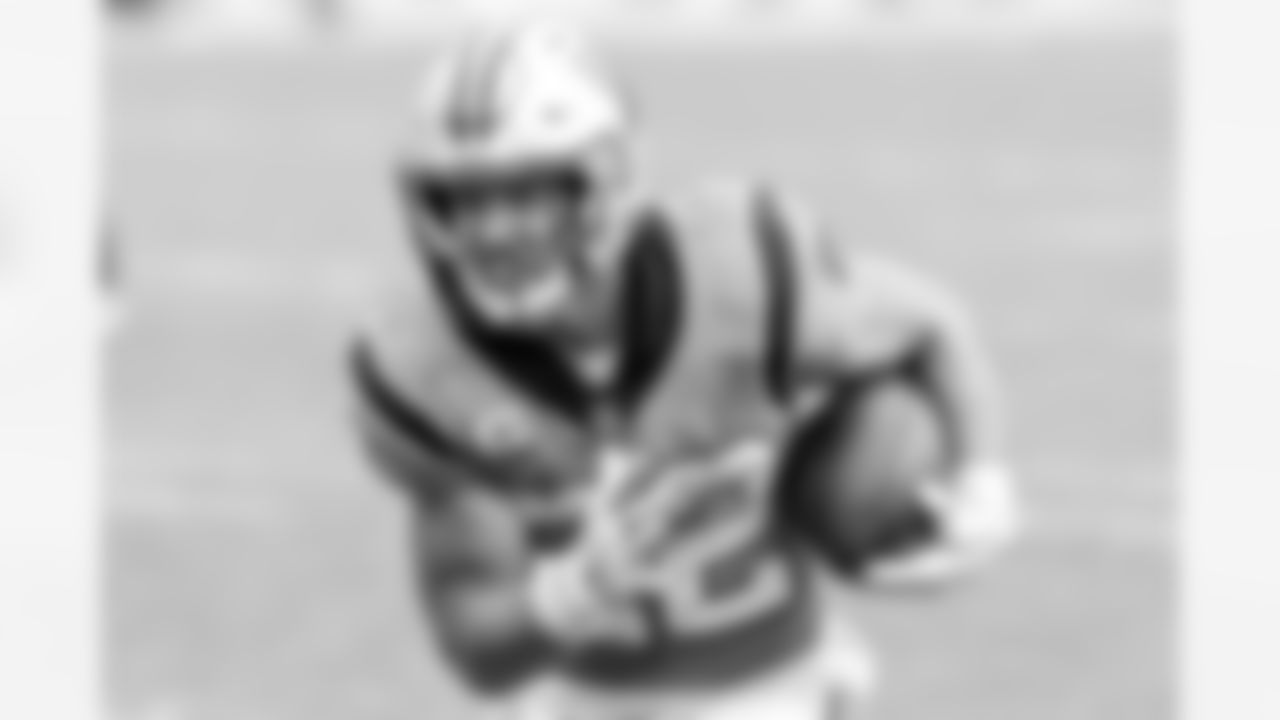
2021 Fantasy Football Top 25: #1 Carolina Panthers Running Back Christian McCaffrey (AP Photo/Mark LoMoglio)
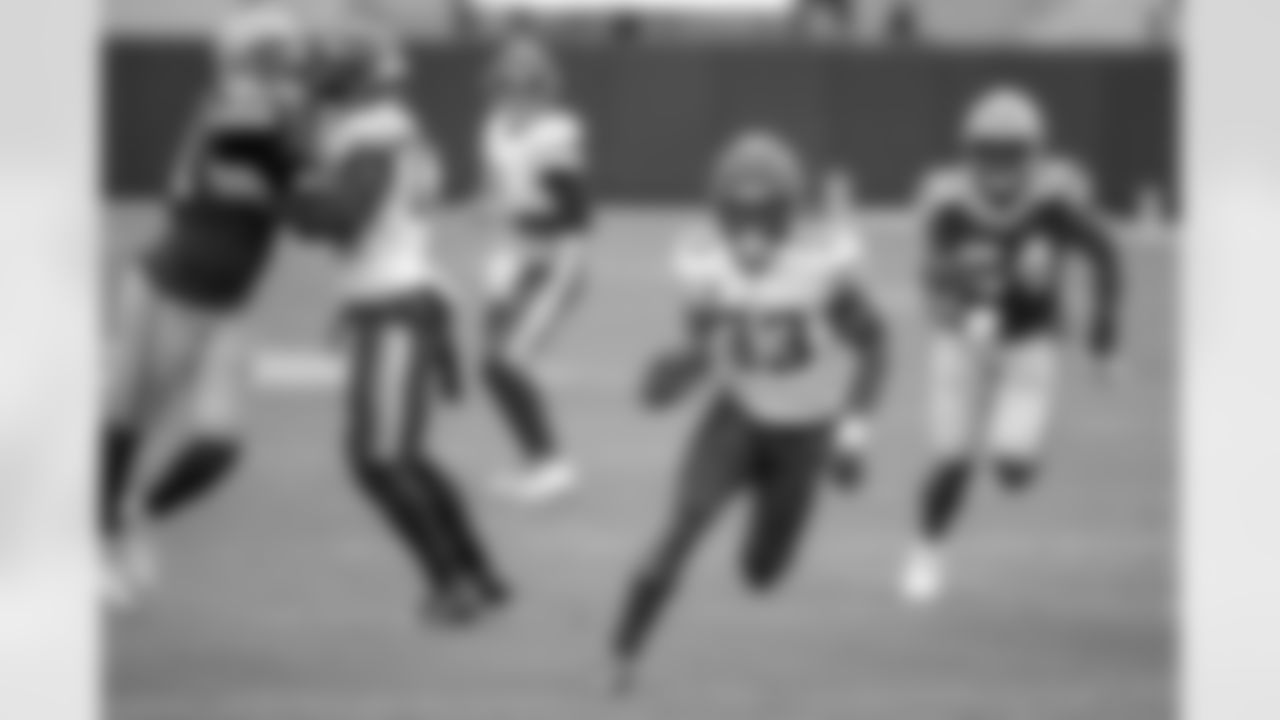
2021 Fantasy Football Top 25: #2 Minnesota Vikings Running Back Dalvin Cook (AP Photo/Mike Roemer)
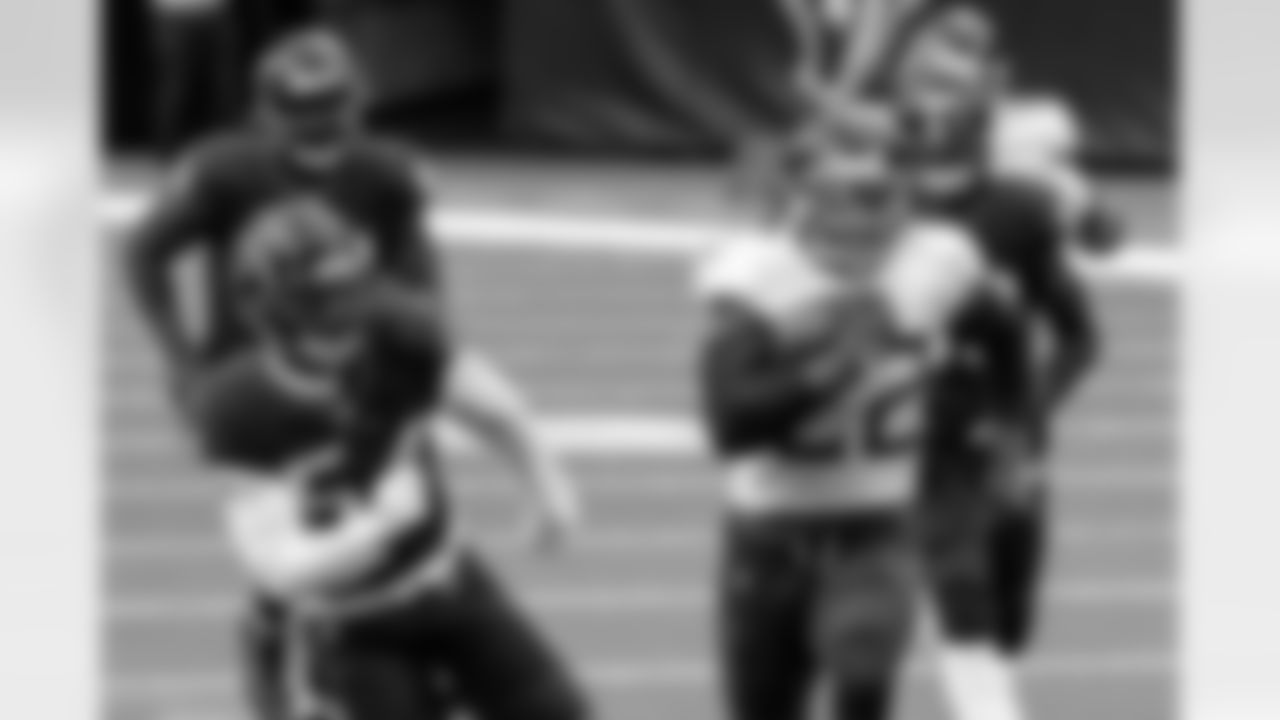
2021 Fantasy Football Top 25: #3 Tennessee Titans Running Back Derrick Henry (AP Photo/Eric Christian Smith, File)

2021 Fantasy Football Top 25: #4 New Orleans Saints Running Back Alvin Kamara (AP Photo/Butch Dill)

2021 Fantasy Football Top 25: #5 Dallas Cowboys Running Back Ezekiel Elliott (AP Photo/Michael Ainsworth)
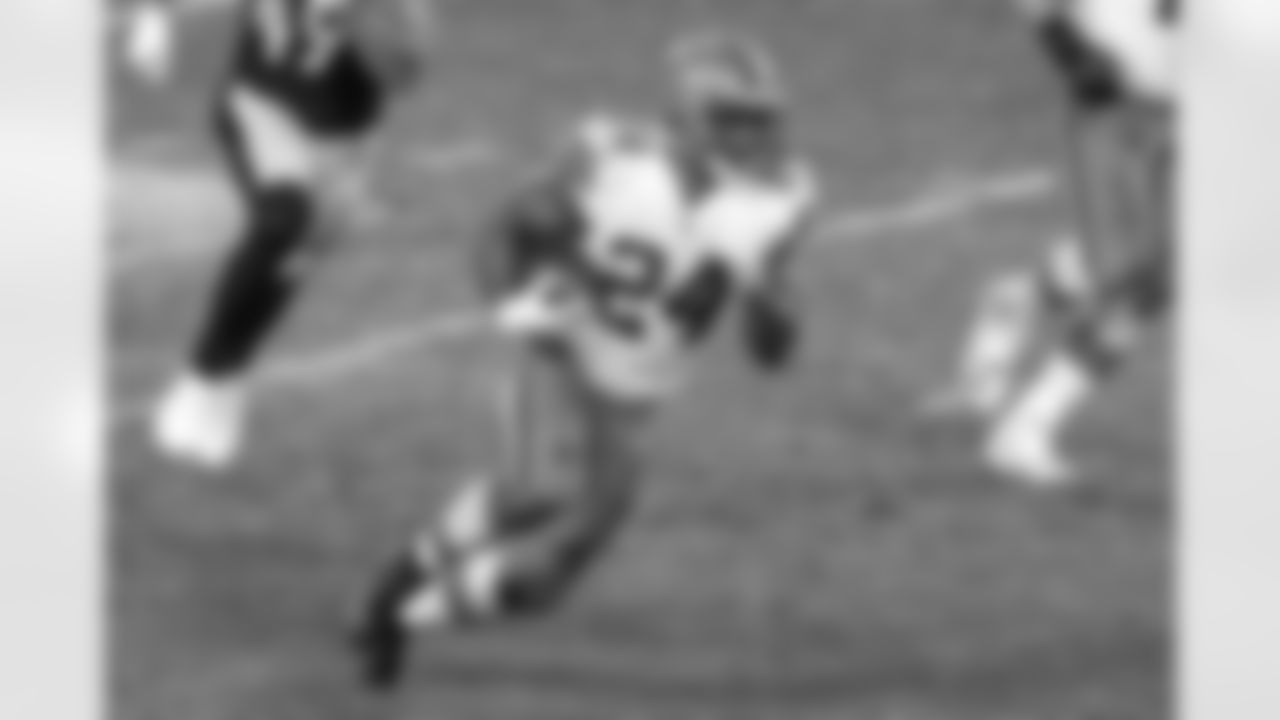
2021 Fantasy Football Top 25: #6 Cleveland Browns Running Back Nick Chubb (AP Photo/Don Wright)
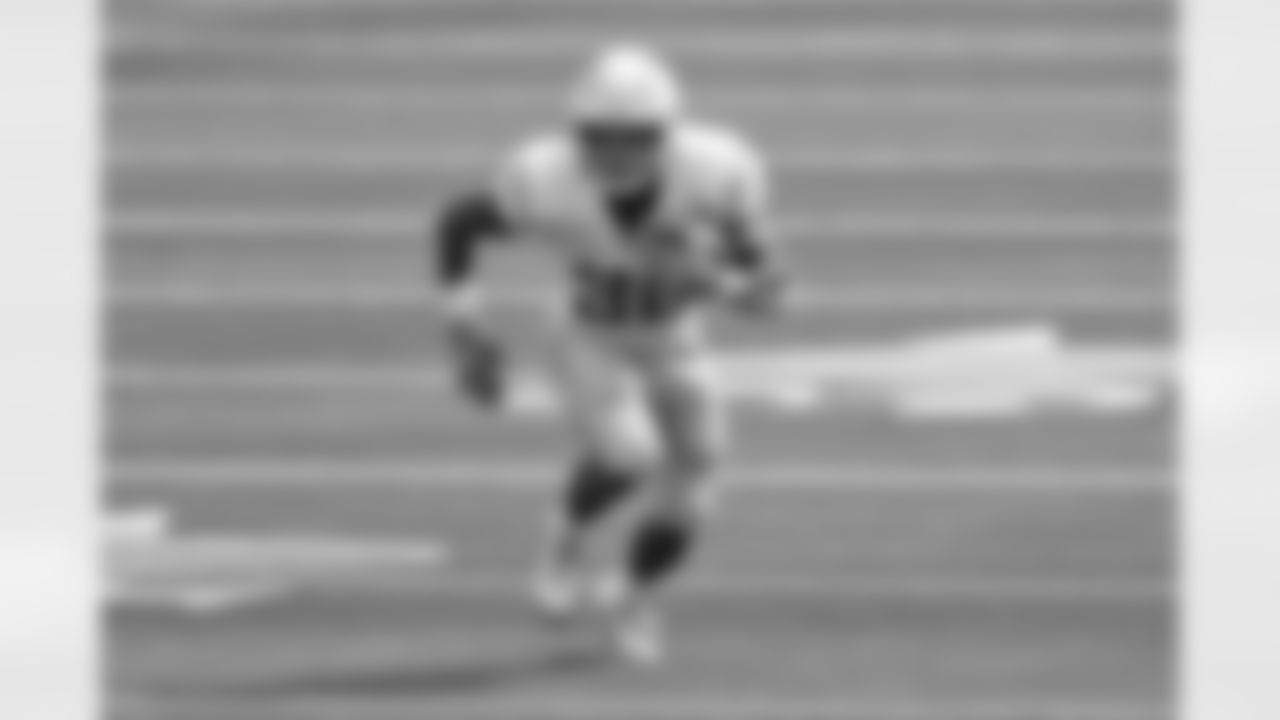
2021 Fantasy Football Top 25: #7 Los Angeles Chargers Running Back Austin Ekeler (AP Photo/Ashley Landis)
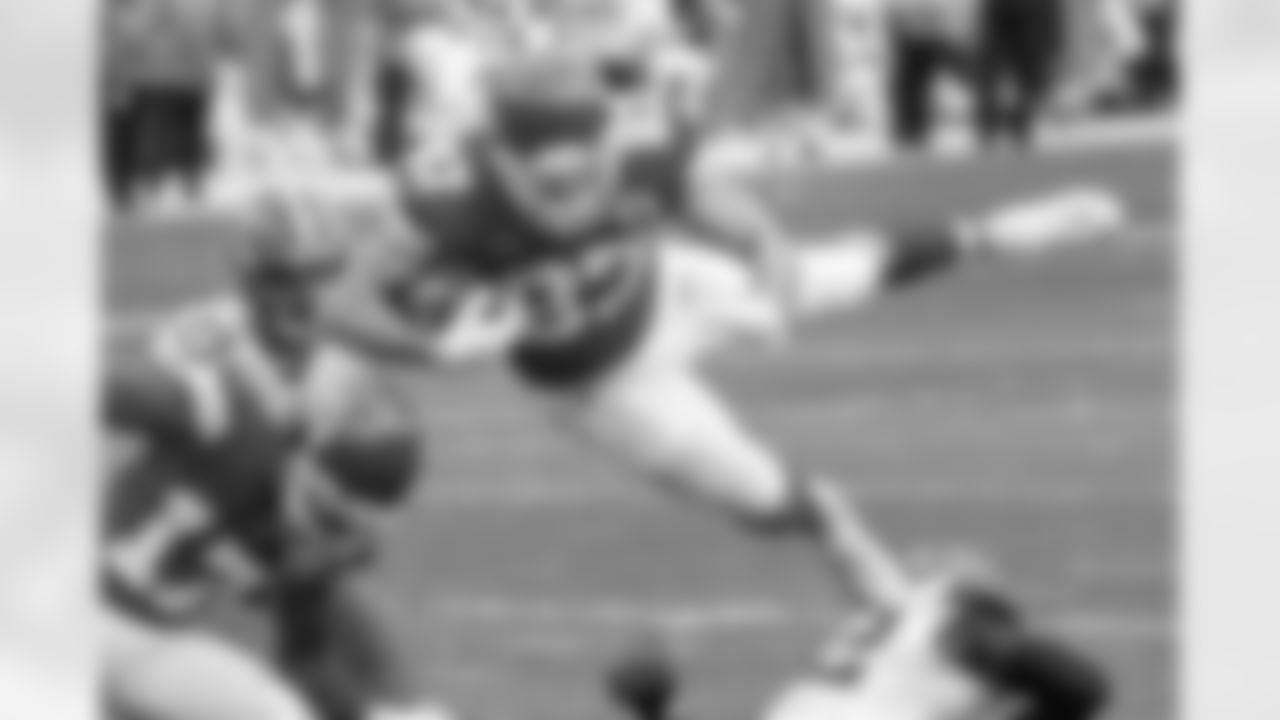
2021 Fantasy Football Top 25: #8 Kansas City Chiefs Tight End Travis Kelce (AP Photo/Reed Hoffmann)

2021 Fantasy Football Top 25: #9 Green Bay Packers Running Back Aaron Jones (AP Photo/Mike Roemer)
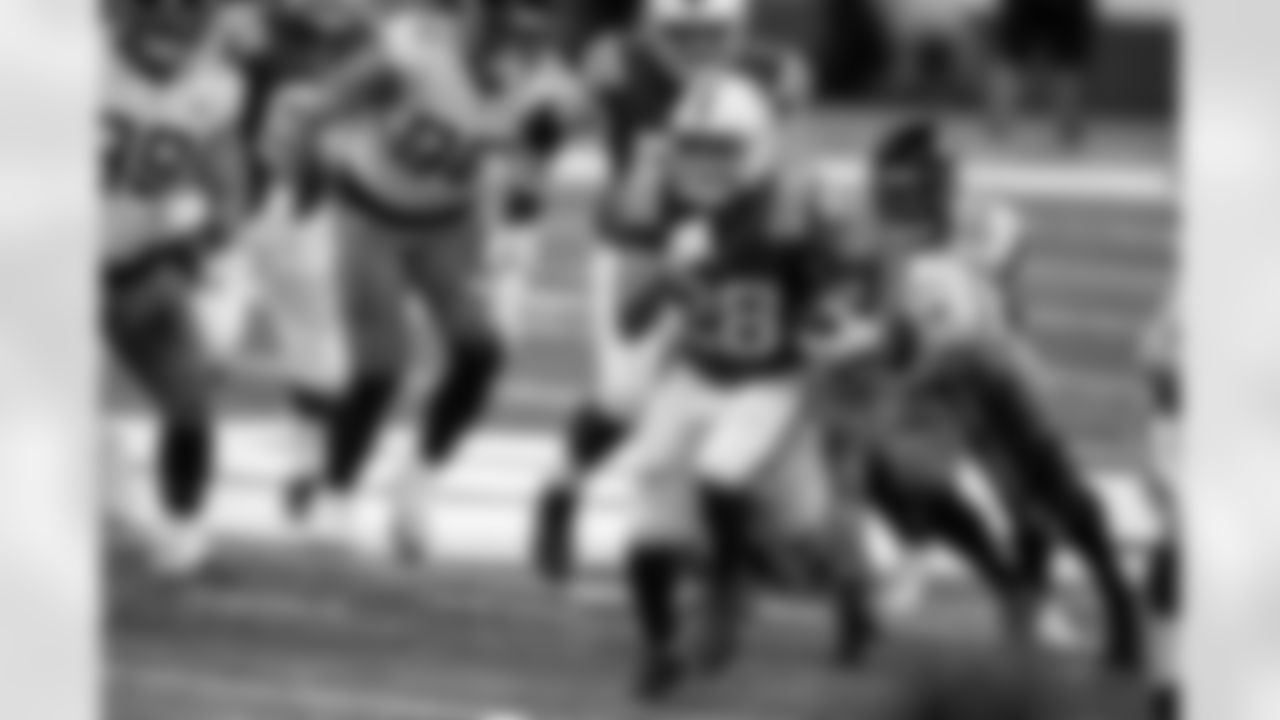
2021 Fantasy Football Top 25: #10 Indianapolis Colts Running Back Jonathan Taylor (AP Photo/Michael Conroy)
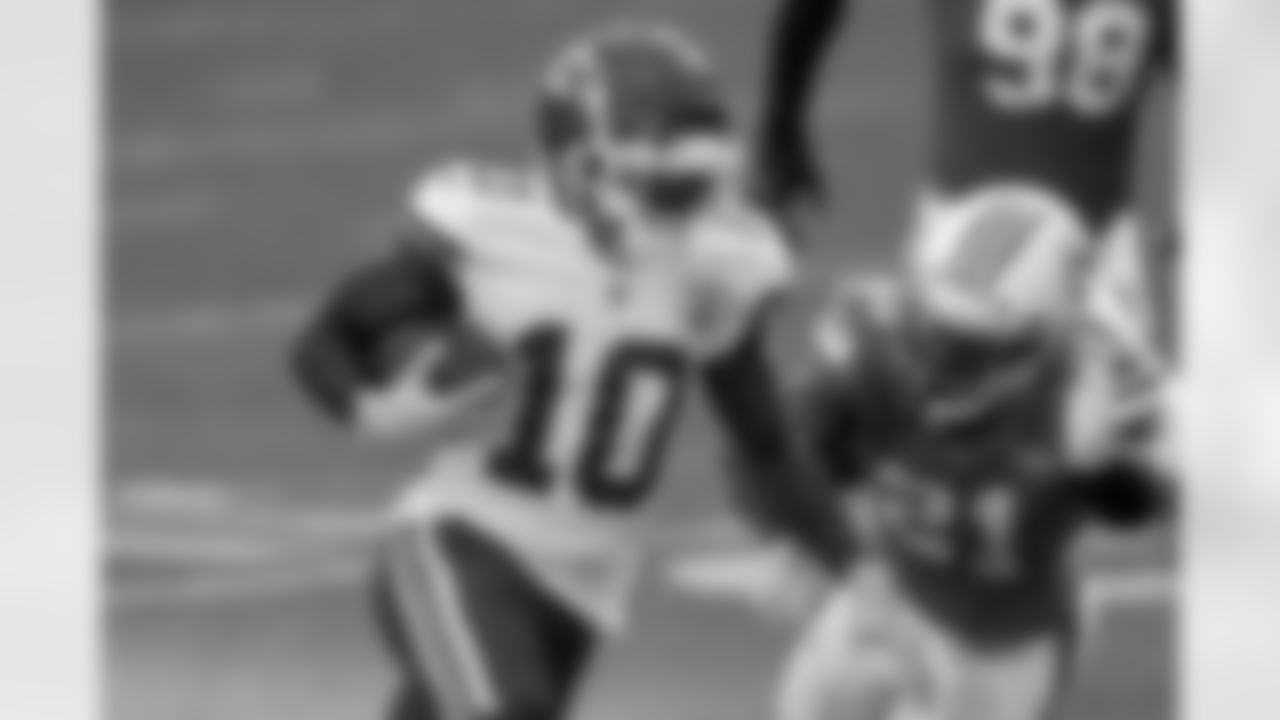
2021 Fantasy Football Top 25: #11 Kansas City Chiefs Wide Receiver Tyreek Hill (AP Photo/Lynne Sladky)
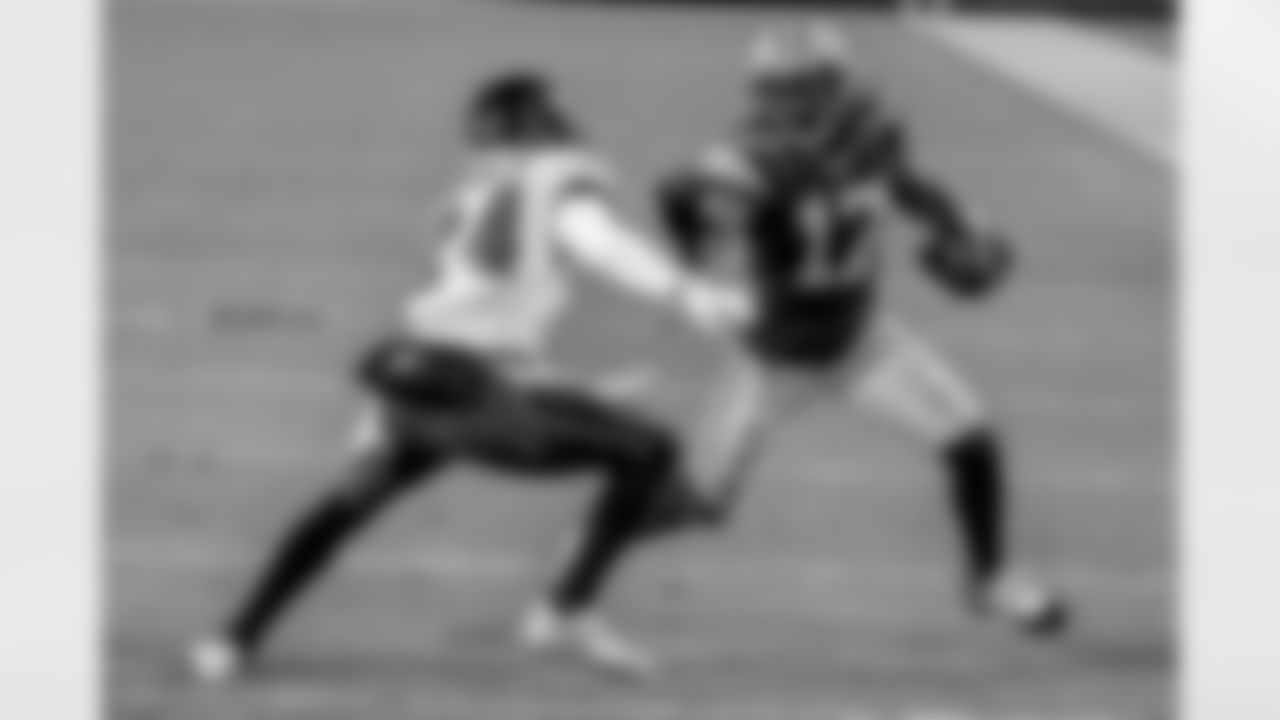
2021 Fantasy Football Top 25: #12 Green Bay Packers Wide Receiver Davante Adams (AP Photo/Morry Gash)
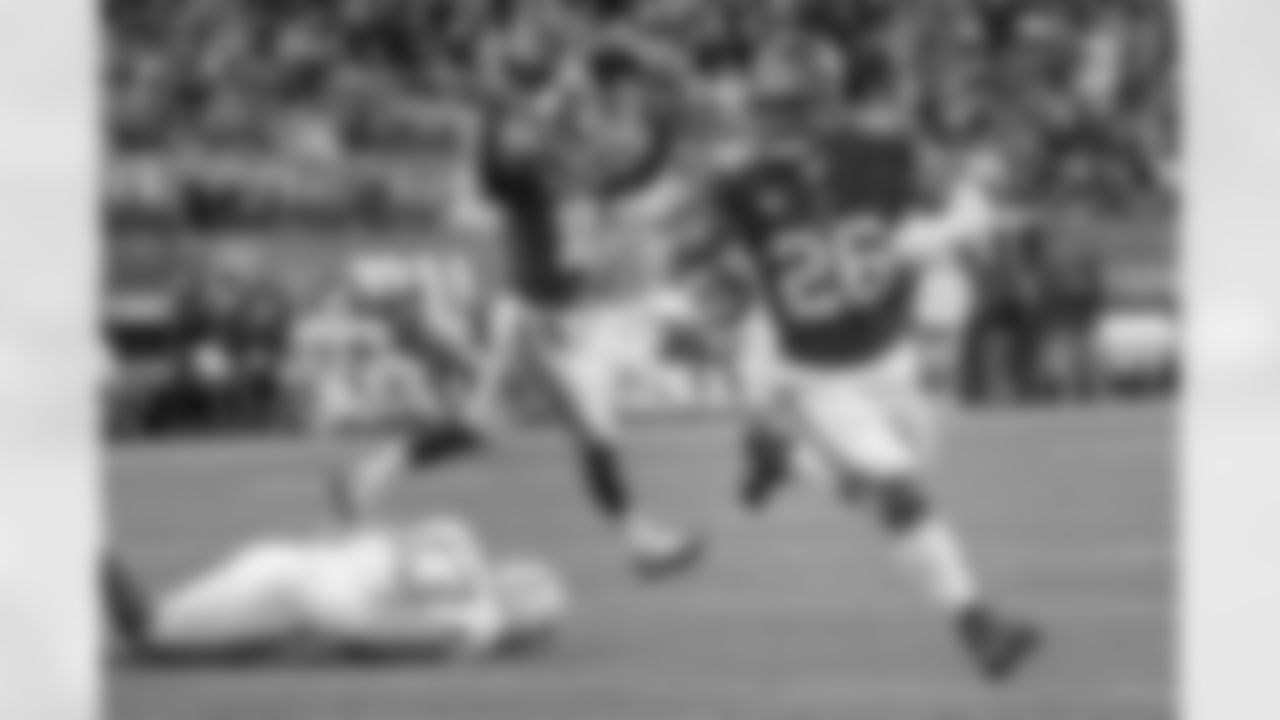
2021 Fantasy Football Top 25: #13 New York Giants Running Back Saquon Barkley (AP Photo/Seth Wenig)
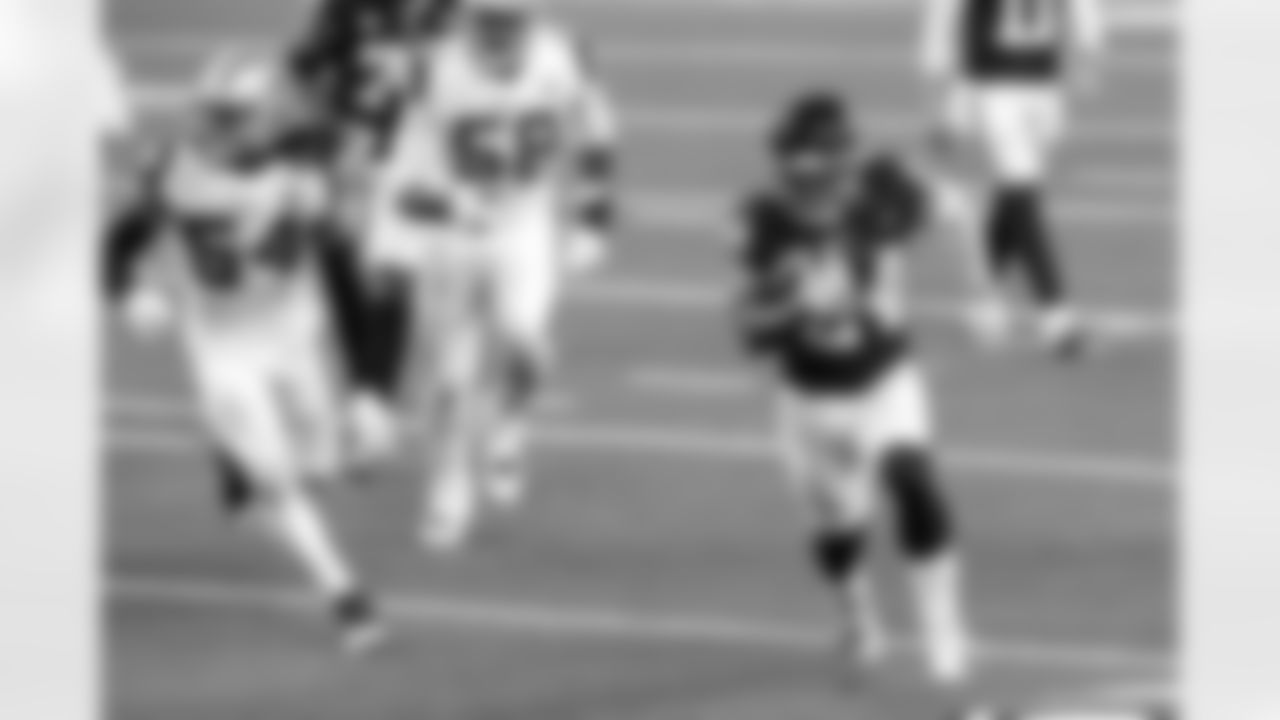
2021 Fantasy Football Top 25: #14 Washington Football Team Running Back Antonio Gibson (AP Photo/Roger Steinman)
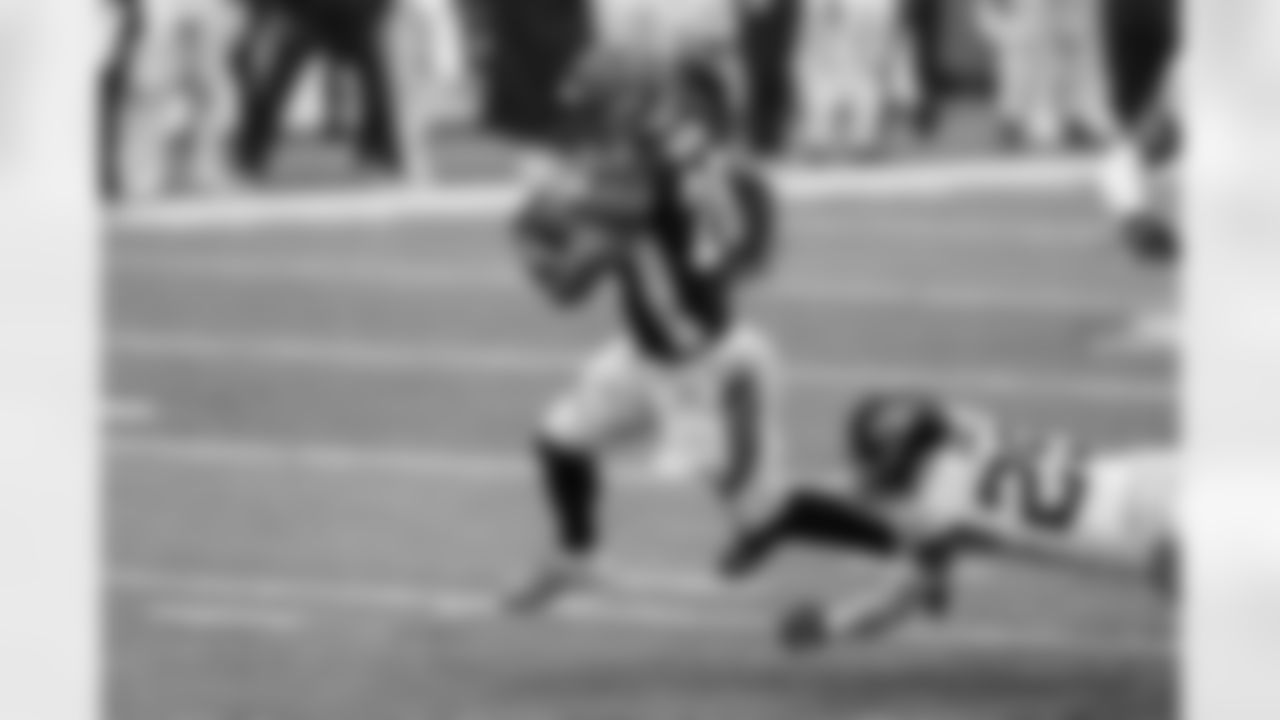
2021 Fantasy Football Top 25: #15 Cincinnati Bengals Running Back Joe Mixon (AP Photo/Aaron Doster)

2021 Fantasy Football Top 25: #16 Buffalo Bills Wide Receiver Stefon Diggs (AP Photo/Elise Amendola, File)
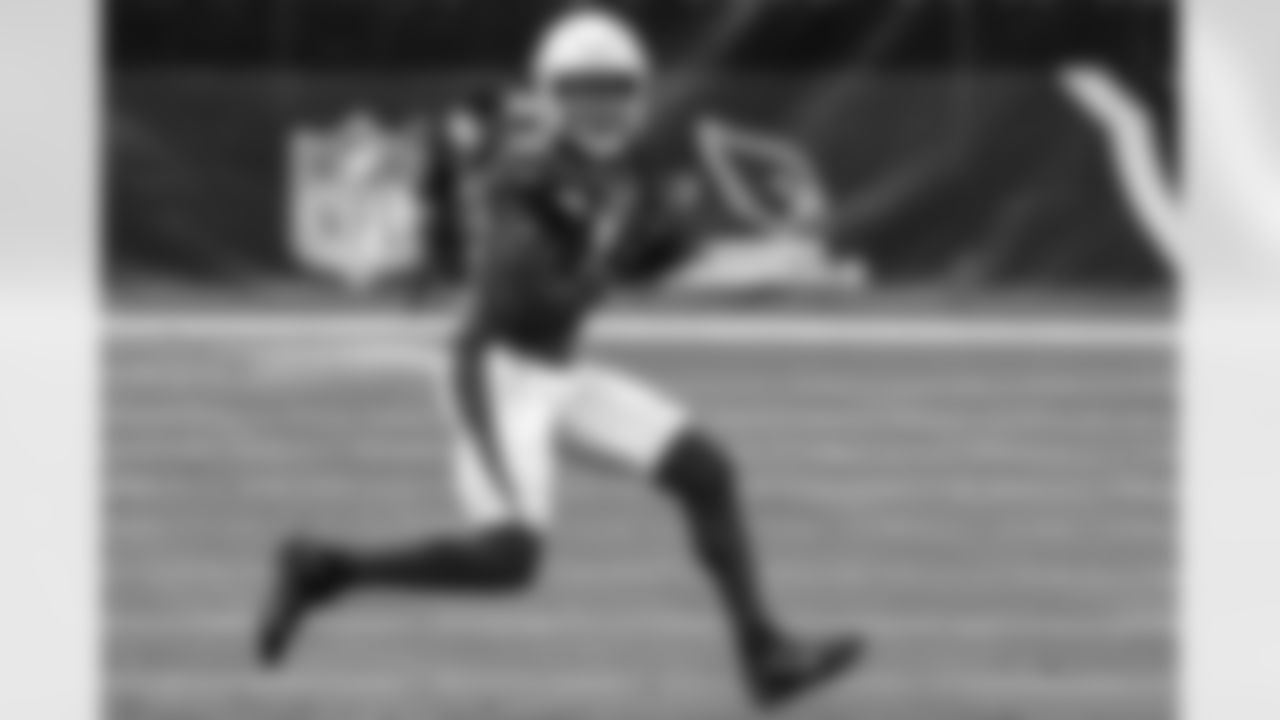
2021 Fantasy Football Top 25: #17 Arizona Cardinals Wide Receiver DeAndre Hopkins (AP Photo/Jennifer Stewart)
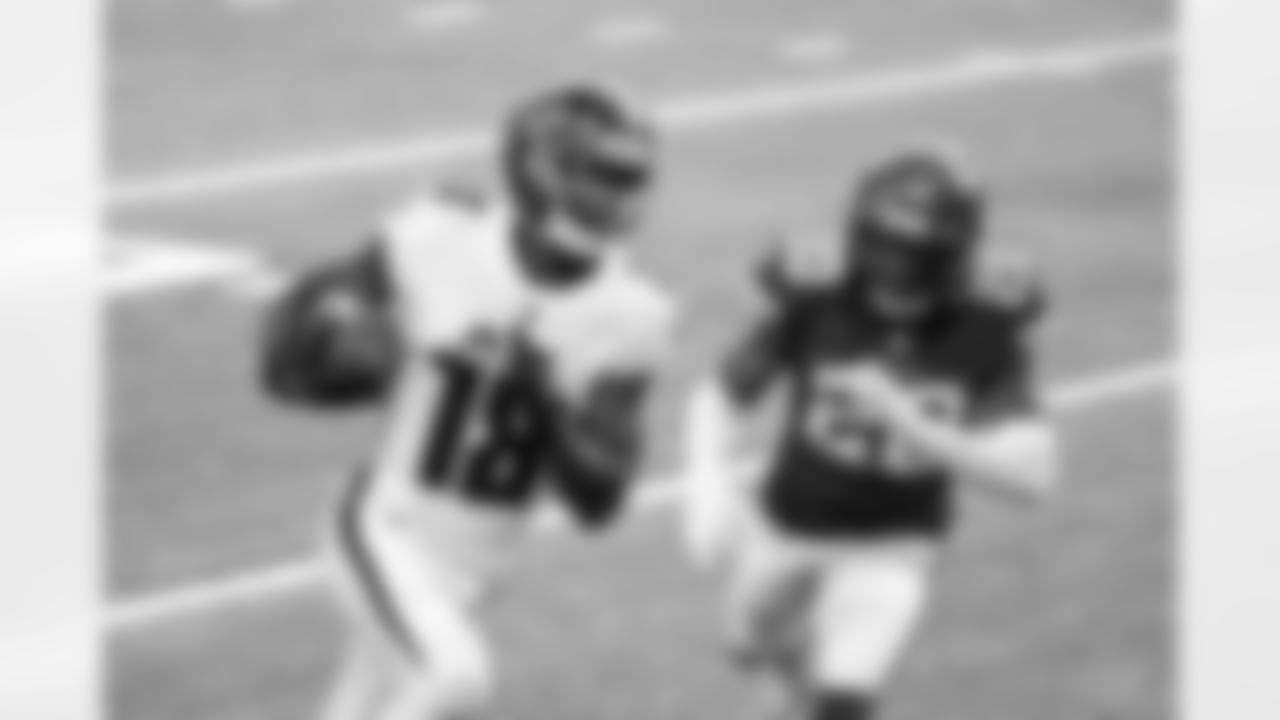
2021 Fantasy Football Top 25: #18 Atlanta Falcons Wide Receiver Calvin Ridley (AP Photo/Bruce Kluckhohn)

2021 Fantasy Football Top 25: #19 Seattle Seahawks Wide Receiver DK Metcalf (AP Photo/John Froschauer)

2021 Fantasy Football Top 25: #20 Minnesota Vikings Wide Receiver Justin Jefferson (AP Photo/David Berding)
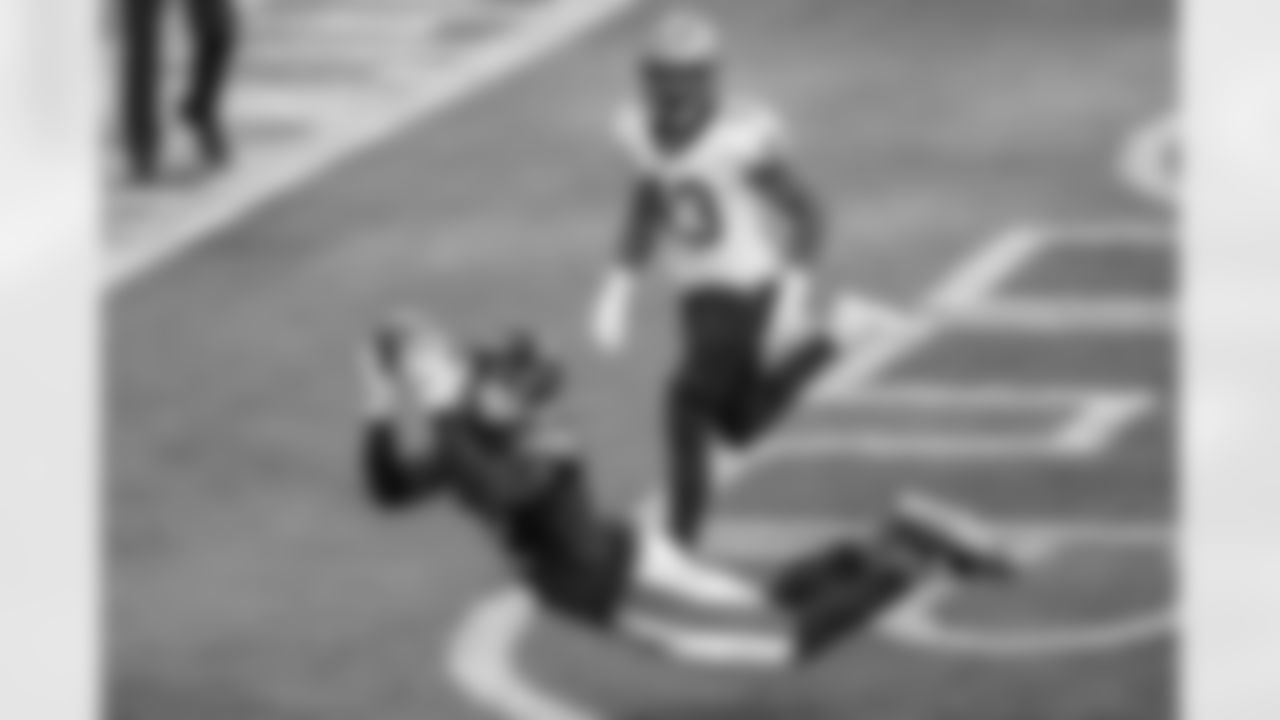
2021 Fantasy Football Top 25: #21 Chicago Bears Wide Receiver Allen Robinson (AP Photo/Kamil Krzaczynski)
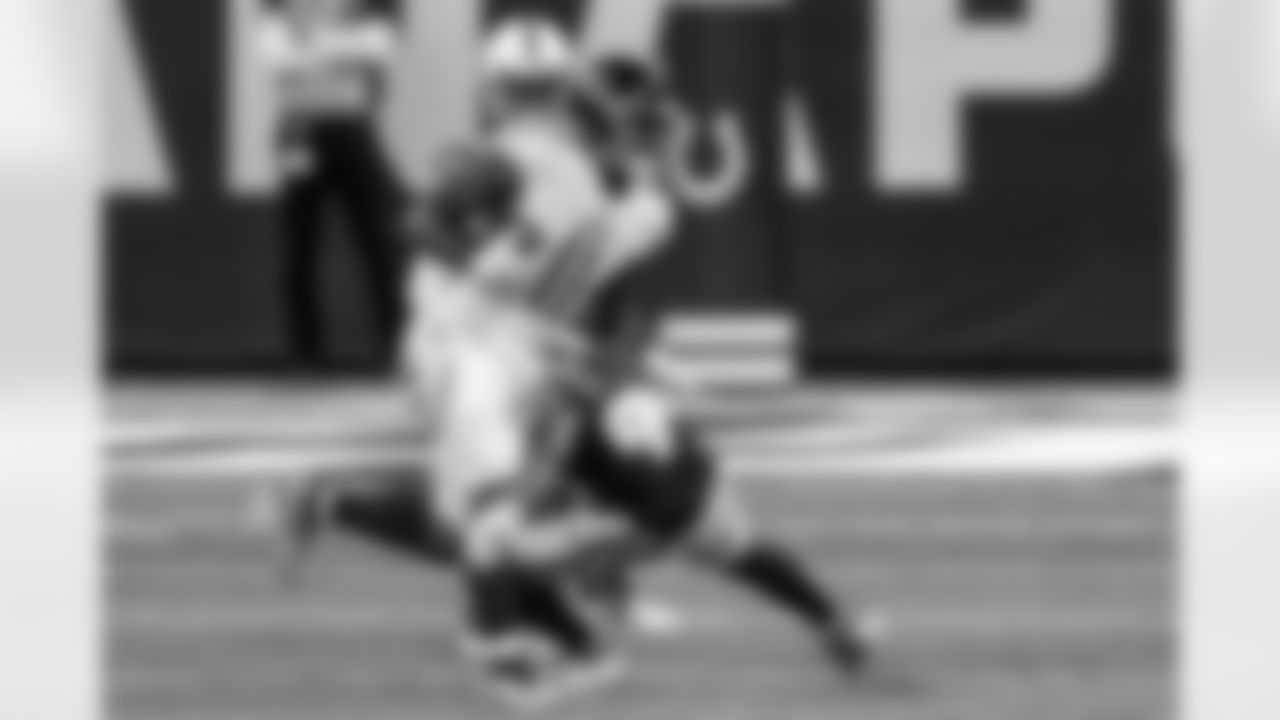
2021 Fantasy Football Top 25: #22 Tennessee Titans Wide Receiver A.J. Brown (AP Photo/AJ Mast)

2021 Fantasy Football Top 25: #23 Washington Football Team Wide Receiver Terry McLaurin (AP Photo/Susan Walsh)
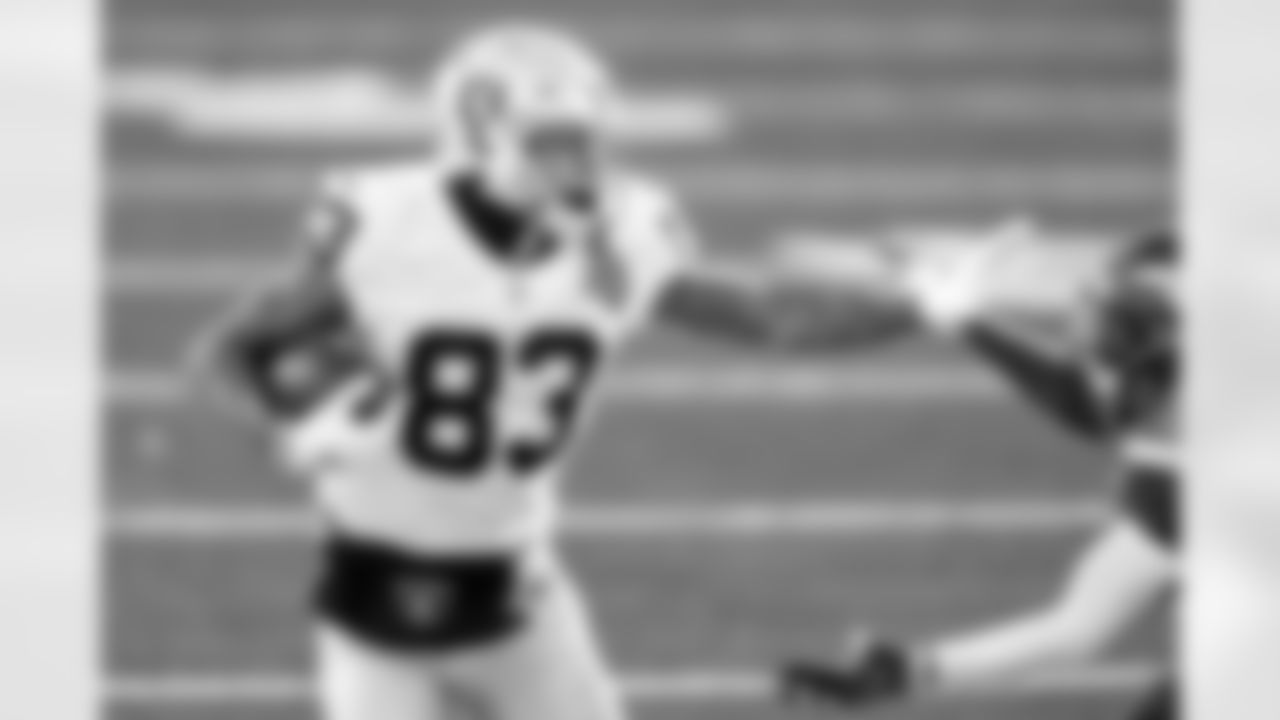
2021 Fantasy Football Top 25: #24 Las Vegas Raiders Tight End Darren Waller (AP Photo/Adam Hunger)
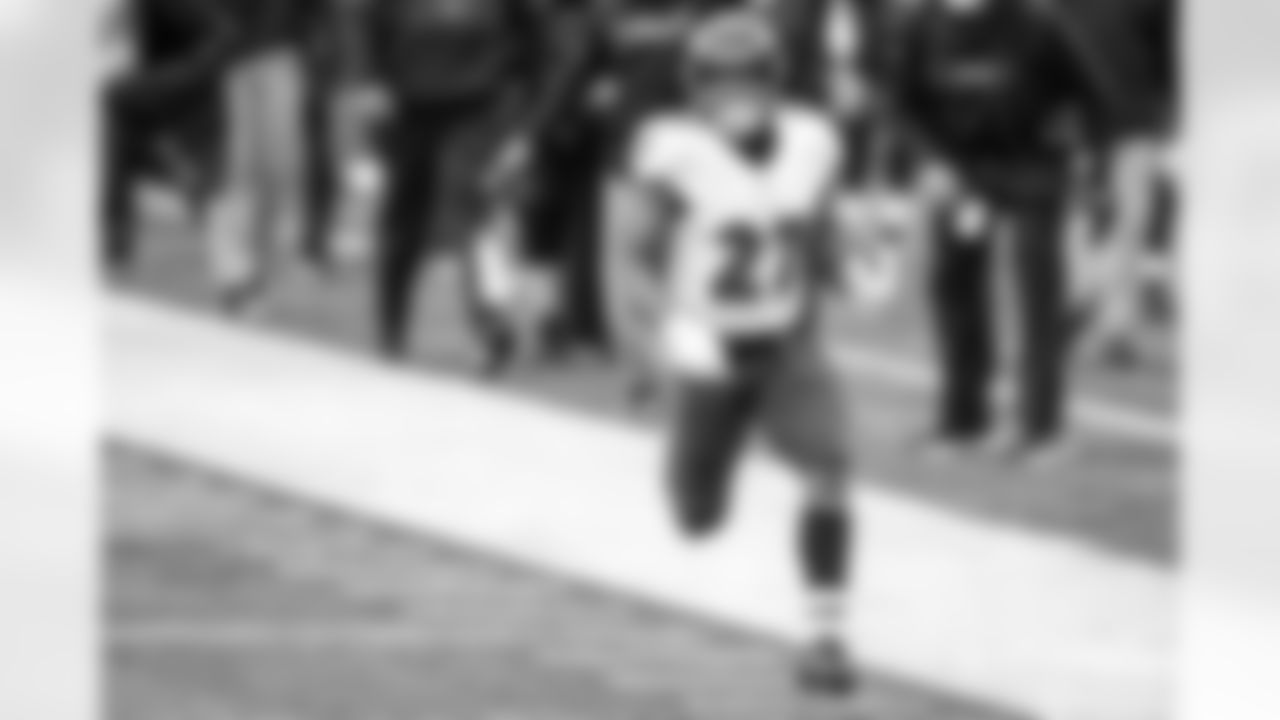
2021 Fantasy Football Top 25: #25 Baltimore Ravens Running Back J.K. Dobbins (AP Photo/Emilee Chinn)















